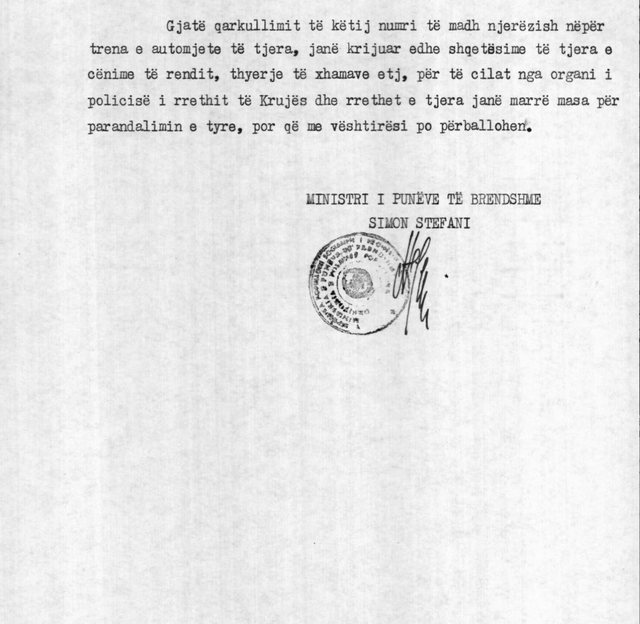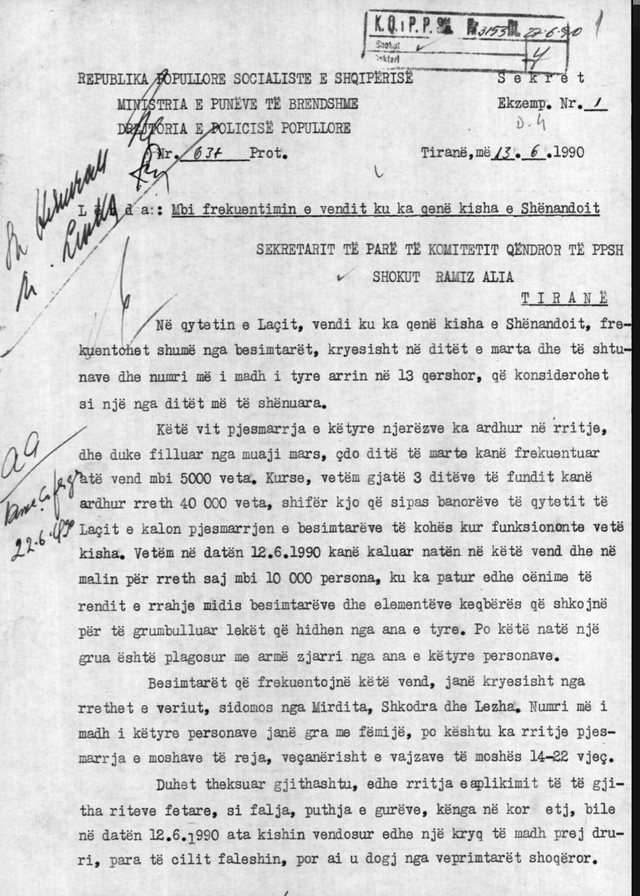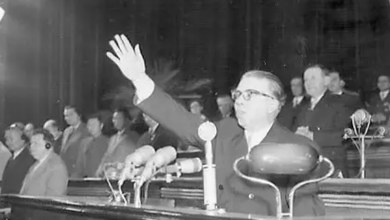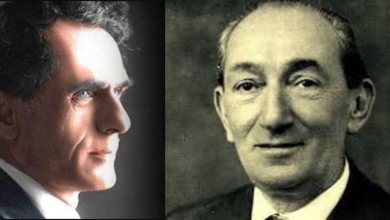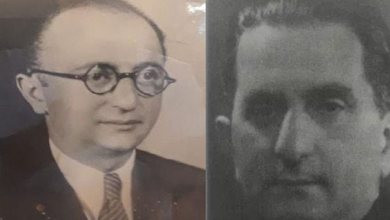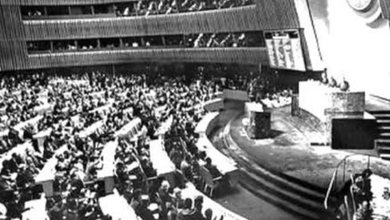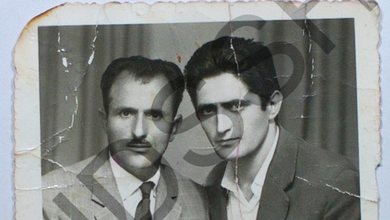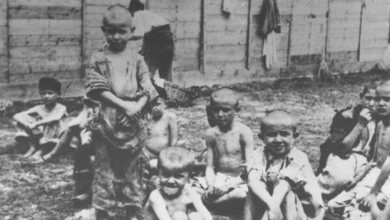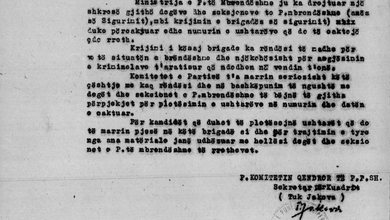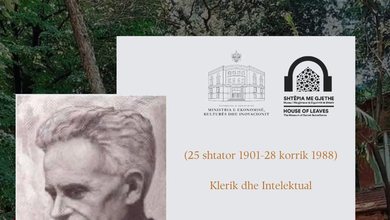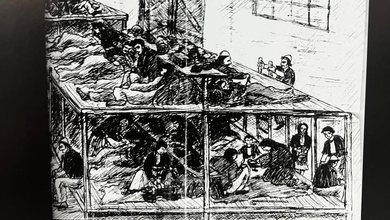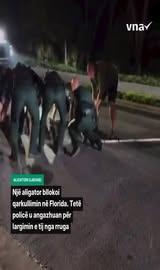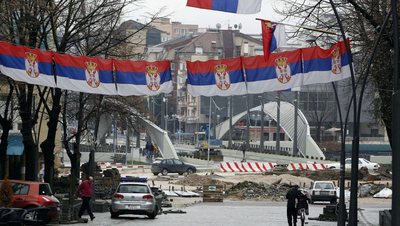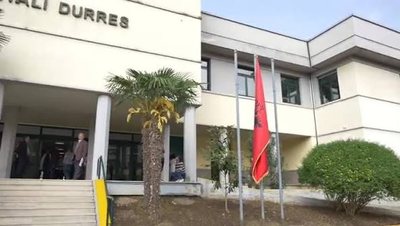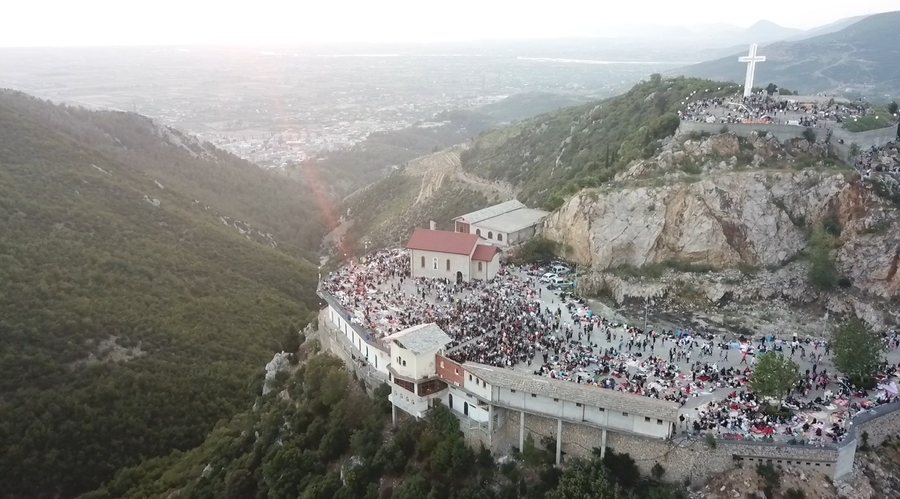
In the summer of 1990, on the eve of the fall of the communist regime, Laçi became one of the strongest points of religious revival in Albania. On the site where the church of Shënando once stood, thousands of believers began to gather every week, defying the long ban on religion and the state’s control over spiritual life. Where for decades no symbols were allowed, people raised crosses, sang, prayed, and performed ancient rites that the regime had erased from public life.
But this revival did not come without tension: large crowds, clashes with evil elements and even gun violence marked those days filled with hope and anxiety. The declassified document from June 1990 shows that the faith, banned for decades, in Laç was exploding with an irresistible force, becoming a symbol of the first crack in the wall that communism had erected against religion.
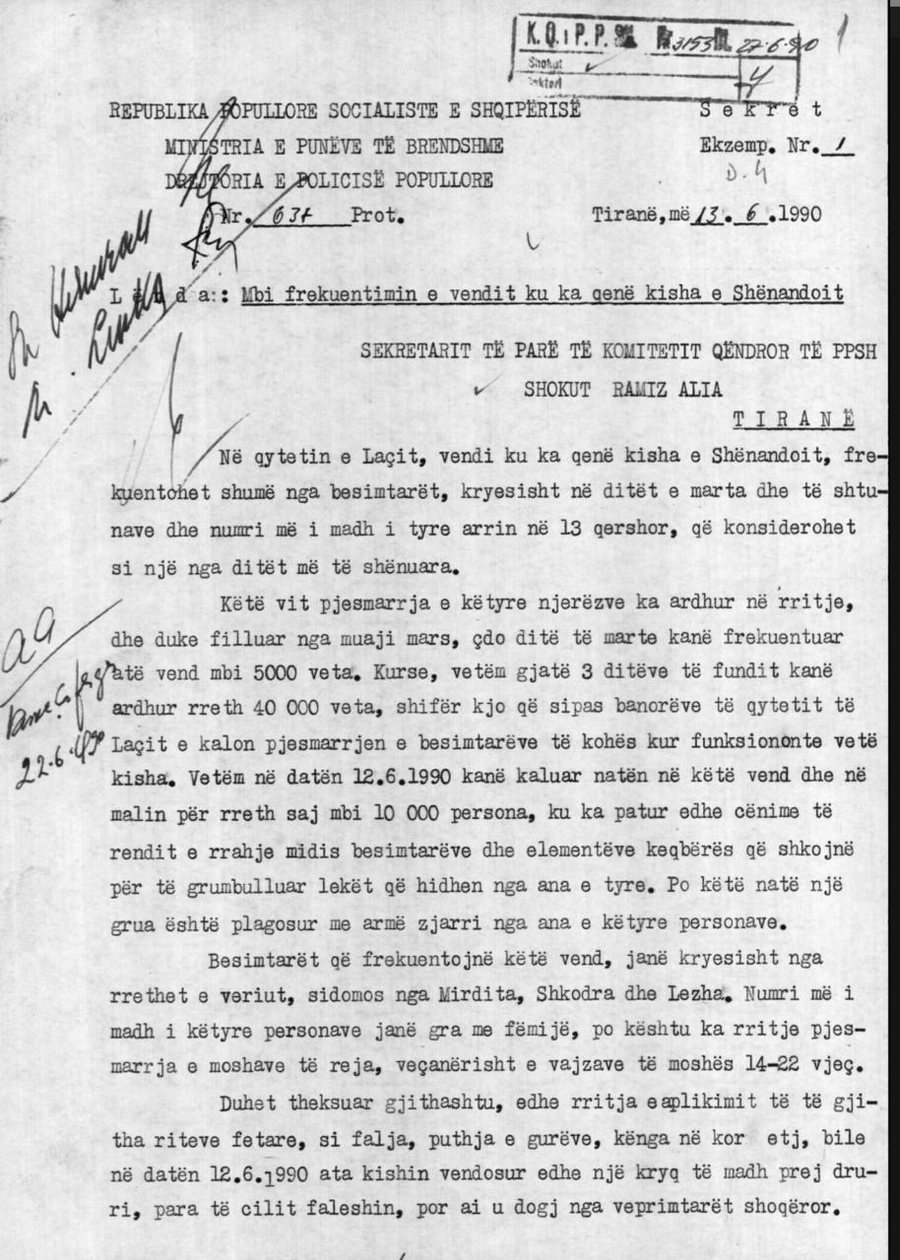
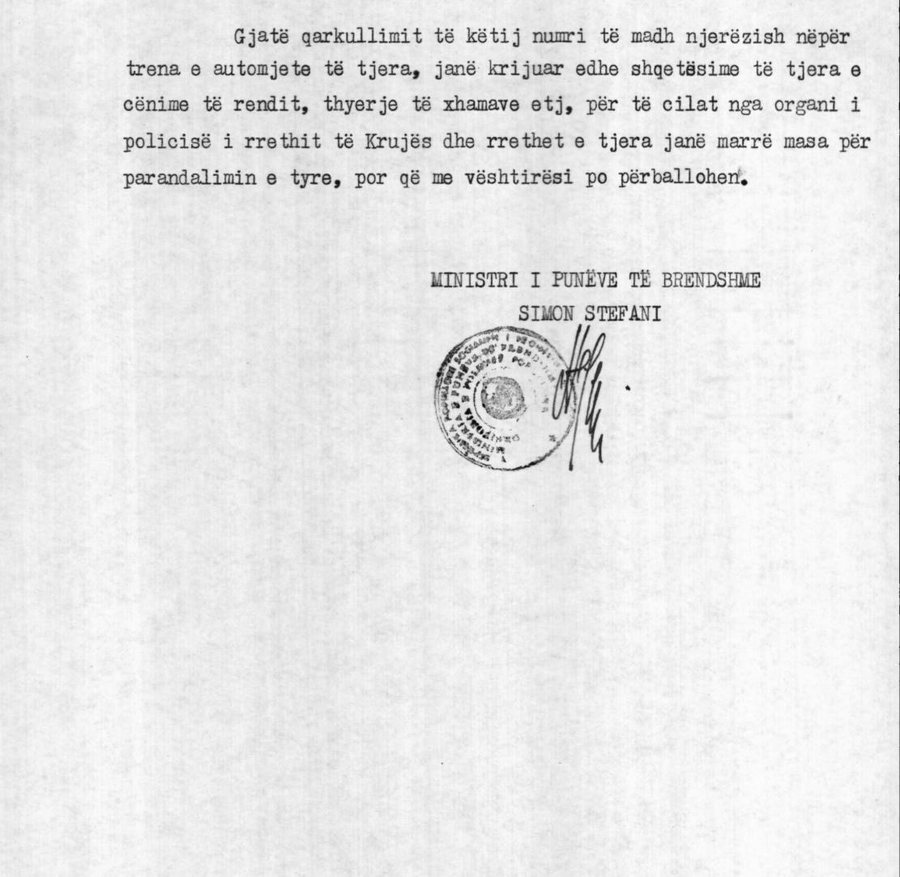
The whitened document
In the city of Laç, the place where the church of St. John was located, it is very frequented by believers, mainly on Tuesdays and Saturdays, and the largest number of them arrives on June 13, which is considered one of the most significant days.
This year, the participation of these people has increased, and starting from March, every Tuesday, over 5000 people have attended this place. Meanwhile, during the last 3 days alone, around 40,000 people have come, a figure that, according to the residents of the city of Laç, exceeds the participation of believers at the time when the church itself was functioning. On 12.6.1990 alone, over 10,000 people spent the night in this place and in the surrounding mountains, where there were also violations of order and fights between believers and evil elements who go to collect the money thrown by them. That same night, a woman was injured with a gun by these people.
The believers who frequent this place are mainly from the northern districts, especially from Mirdita, Shkodra and Lezha. The largest number of these people are women with children, and there is also an increase in the participation of young people, especially girls aged 14–22.
It should also be noted the increase in the application of all religious rites, such as praying, kissing the stones, singing in the choir, etc., even on 12.6.1990 they had placed a large wooden cross in front of which they pray, but it was burned by social activists.


